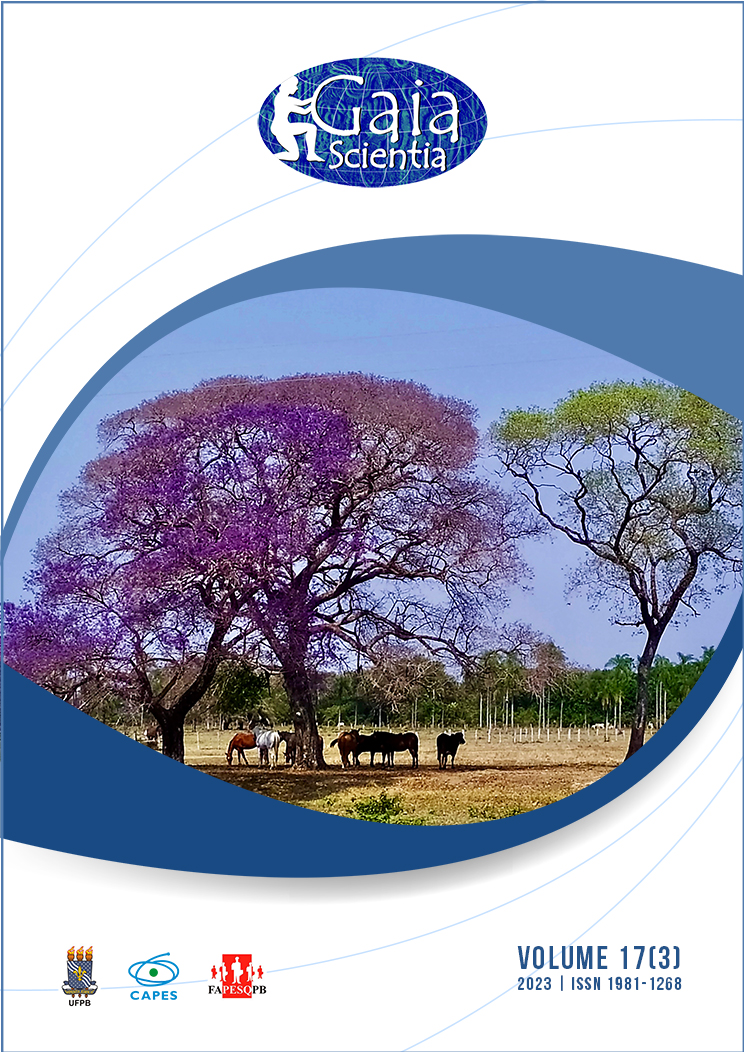Benthic Macroinvertebrates as Educational Instruments for Aquatic Ecosystem Conservation on Conservation Units
DOI:
https://doi.org/10.22478/ufpb.1981-1268.2023v17n3.67592Abstract
The Atlantic Forest, a highly biodiverse Brazilian biome, faces significant exploitation due to economic interests. The Mixed Ombrophylous Forest (FOM), dominated by Araucaria angustifolia in southern Brazil, is particularly affected. Conservation Units (UCs) are crucial for protecting biodiversity in response to exploitation and fragmentation. Benthic macroinvertebrates in aquatic ecosystems within UCs serve as environmental bioindicators. To address the need for effective management, this research focuses on developing educational and technological tools for integrated lotic ecosystem analysis in Ecological Stations (ESECs) in Paraná, Brazil. Using taxonomic identification of benthic macroinvertebrates, didactic, technological, accessible, and playful tools were created with Prezi and Canva software. These materials aim to bridge the gap between society and biological/environmental information, emphasizing the significance of benthic macroinvertebrates as indicators of water quality. The goal is to use these resources in participatory workshops for UC management plans, fostering the dissemination of scientific knowledge and promoting public appreciation for science.










